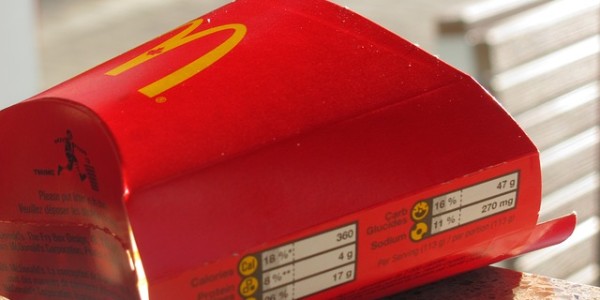People like to portray advances in automation as being a job war between humans and machines; a thunderdome type situation in which there can only be one winner. This isn’t always the case, however. Industrial automation has provided a lot of benefits to the manufacturing industry, and while it’s true that there are fewer jobs on factory floors because of automation, it has made work environments safer and opened the door to new job opportunities for human workers.
Industrial automation hasn’t obliterated the human workforce in manufacturing, but has instead created new jobs and improved the manufacturing industry. There are times, however, when the hype about automation and its affect on jobs is a little more warranted, it seems plausible that automation could completely remove the need for human workers.
McDonald’s is embracing automation and has started to introduce self-serve kiosks in restaurants. These interactive kiosks allow you to totally customize and pay for your meal directly on touch screens. You can add fries and a Coke or Supersize your meal without ever interacting with another human.
According to the Harvard Business Review, customers tend to spend more when using tech devices – such as McDonald’s kiosks – than when ordering from a human.
McDonald’s automated kiosks provide a number of advantages over human workers. They reduce order times making the kiosks more efficient than workers, they are cheaper for employers, and as with all automation, these kiosks don’t get tired, need breaks, and they don’t have to wear a hair net.
Although McDonald’s is replacing cashiers with touchscreens, that kiosk can’t flip a burger. Taking an order is a necessary part of the process, but the business is done in the kitchen.To truly automate the fast food industry, there need to be robots that can actually make the food.
Well it just so happens that there are robots being developed that can make a burger every 10 seconds. In addition to the other advantages of automation, robotic burger-flippers would reduce employee turnover and limit loss prevention.
It’s been reported that McDonald’s is looking to open 25,000 restaurants that are completely run by robots. A spokesman for McDonald’s had this to say about a restaurant run entirely by “McRobots”:
“With the high demand for a wage of $15/hr and the protests getting worse every day, this is something we had to implement. Plus with the tremendous margin of human error, poor hygiene, lack of education, laziness, as well as the recent advancements in artificial intelligence it just make sense to automate our restaurants now rather than later.”
It’s hard to imagine a scenario in which automation allows human workers to move on to bigger and better things within the fast food industry. However, increased use of automation, robotics, and motion control can create new jobs opportunities within those specific fields.
It’s not likely that people will go from fry cook to roboticist, but if low-skill jobs are no longer an option, and high-skill careers in STEM subjects are more accessible and in higher demand, it could encourage young students to pursue these types of occupations.
